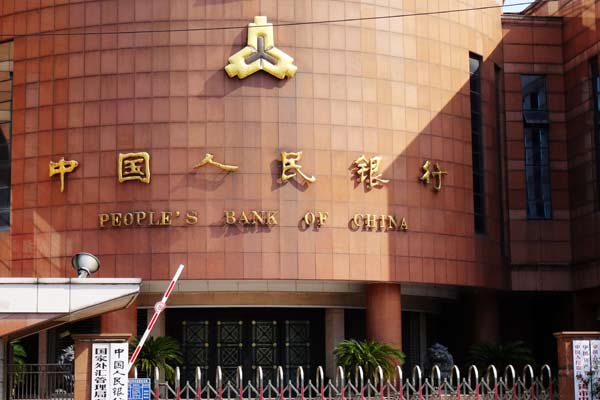Financial Reform 'Key Move'
China Daily, November 12, 2013 Adjust font size:
That Premier Li Keqiang compared China's financial reform to "a key move of a chess piece to revitalize the whole game of the Chinese economy" at the Summer Davos Forum in Dalian this August exemplifies the reform's significance to the Chinese economy.
Financial system reform has maintained a positive momentum since the 18th National Congress of the Communist Party of China last year, which reiterated marketization as the preferred direction for reform.
The People's Bank of China, the country's central bank, said it lifted its control of the floor on loan interest rates on July 19 after broadening the fluctuation ranges of loan and deposit interest rates last year.
|
|
|
As an example of increasing marketization and reform, the People's Bank of China, the country's central bank, lifted its control of loan interest rates on July 19 after broadening the fluctuation ranges of loan and deposit interest rates last year. [China Daily] |
The State Council, China's cabinet, decided on Aug 28 to expand the pilot programs of credit asset securitization, which will help foster a multilayer capital market and vitalize the monetary stock. And China rebooted the trading of treasury bond futures on Sept 6.
In addition, the China (Shanghai) Pilot Free Trade Zone set up on Sept 29 will provide a good platform to try out the much-needed reforms of interest rates and convertibility of yuan capital accounts.
Finally, China's concentrated quotation and disclosure mechanism of the loan prime rate was launched on Oct 25.
Following these actions, experts say, resistance to reform of the financial system reform is now less than to reforms of land, the household registration system and State-owned enterprises, as the financial system's marketization is comparatively higher than the latter fields and the return more palpable.
The Third Plenum of the Communist Party of China's 18th Central Committee from Nov 9 to 12 is expected to introduce breakthroughs in the market-oriented financial reform, given China's current system's potential to meet the needs of structural shift and industrial upgrading.



